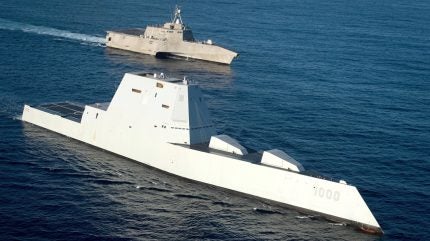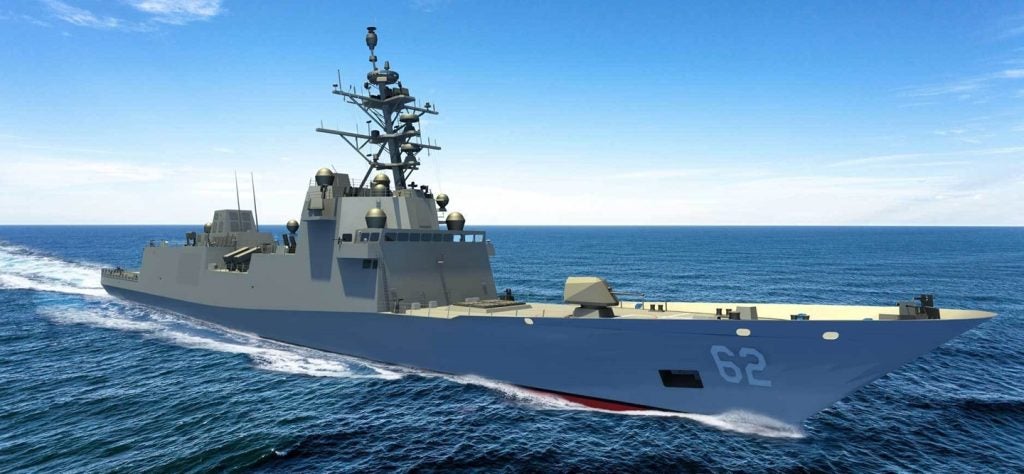
The US Government Accountability Office (GAO) has reiterated that the US Navy could improve its ship design and shipbuilding processes through the adoption of modern techniques, pointing to failures in the development of the Littoral Combat Ships, Zumwalt-class destroyers, and new Constellation-class frigates.
Publishing its Navy Shipbuilding: Enduring Challenges Call for Systemic Change report on 25 March, the GAO said the US Navy had not increased the number of ships in its fleet over the past 20 years, despite a near doubling its shipbuilding budget.
Citing the Constellation class programme, the GAO pointed to construction having begun before the design was completed, and that in spite of the class being theoretically heavily derived from the European FREMM frigates. Instead, the US Navy insisted on vast amounts of changes to the design.
As it stands, the Constellation class is running three years behind schedule.
“As adversary threats grow, the [US] Navy needs to take a new approach to increase its fleet size. To start, it could apply leading ship design practices used by commercial shipbuilders and address other recommendations we’ve made over the last decade,” the GAO reported.
In addition, the Littoral Combat Ship programme and Zumwalt-class guided missile destroyers were also cited as examples hampered by “weak business cases” that “over-promised” the capability that the US Navy could deliver.
“Together, these two ship classes consumed tens of billions of dollars more to acquire than initially budgeted and ultimately delivered far less capability and capacity to fleet users than the Navy had promised,” the report stated.

Among ways to solve the ongoing shipbuilding dilemma, the GAO said the US Navy “cannot expect to look within its own playbook for answers” and should look towards ship design practices and product development approaches from “industry-leading companies” worldwide.
“[The] GAO has previously identified leading ship design practices used by commercial ship buyers and builders that the Navy can use to achieve more timely, predictable outcomes for its shipbuilding programmes.
Since 2015, the GAO has made 90 recommendations to the US Navy to improve its shipbuilding acquisition practices and outcomes.
While it had “agreed with many of them”, the US Navy had only fully or partly addressed 30; 60 remained unaddressed, the GAP report revealed.
An earlier 11 March report also highlighted the lack of fleet size increase, despite budget increases, citing the Columbia-class ballistic missile submarine programme that has a minimum one-year delay to delivery and “hundreds of millions of dollars” in additional cost.
US Navy falling far behind the PLAN
While qualitatively capable in a ship-to-ship context, the quantitative gap between the US Navy and China’s People’s Liberation Army Navy (PLAN) is widening, as Beijing seeks to cement its position as the pre-eminent military power in the Western Pacific.
According to a 2024 report by the US Office for Naval Intelligence, the PLAN at the time was maintaining a fleet of at least 153 major naval surface combatants, which included aircraft carriers, cruisers, destroyers, frigates, and corvettes, from a total of well over 370 vessels in service.
Meanwhile, the US Navy has maintained a fleet of less than 300 vessels for several years, despite calls to increase the number of hulls to more than 350 in service.
With China building a new frigate or naval surface combatant every four months, and with the years long delay to the US Navy’s latest warship adventure, the numerical gap could increase further still.




